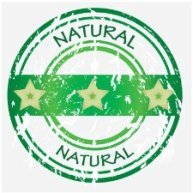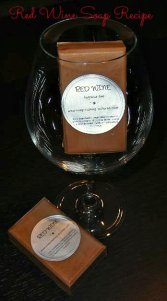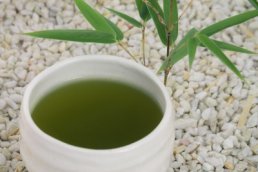
What makes natural soap recipes “natural”? How natural is natural?
This is an interesting debate. natural soapmaking is somewhat subjective.
Marketing regulations have not defined what natural is or is not. My advice is to read the labels and decide based on what natural means to you.
As you experiment with natural soap supplies you will learn what ingredients you want on your family’s skin.
Natural does not mean without chemicals because you cannot make soap without lye. The lye is used up in the < href=“https://basicsoapmaking.com/saponification/”>saponification chemical reaction.
Homemade soap recipes are more natural than most soaps found in stores.
Our recipes offer natural options. As you practice the art of making soap you will experiment with oils and colouring your soap. These recipes help you colour your soaps without artificial dyes or colorants.
As I experimented with natural soap recipes, the addition of colour was more of a challenge because I wanted to use natural colourants.
You can colour your soap naturally by replacing the water with other liquids, such as the red wine and green tea recipes became a very fun way to find a happy medium.
 Instructions
Instructions

Spirulina and Cocoa Soap
INGREDIENTS
Fats, oils and butters
- 180 grams shea butter
- 180 grams palm oil
- 150 grams coconut oil
- 90 grams castor oil
Lye –Green Tea solution
- 83 grams lye (sodium hydroxide)
- 228 grams distilled water
Scent can be added at trace
- optional: 20 to 36 grams of your favourite essential oils or fragrance oils (you will need a little over 30 millilitres bottle the equivalent of about one fluid ounce). You can use green tea fragrance or a blend of essential oils to keep your soap natural. A great blend for this soap recipe can be lemongrass, lavender and eucalyptus.
- .5 to 1 teaspoon of sprirulina powder and .5 to 1 teaspoon of cacao powder. Separate soap mixture into two different containers and mix the natural color additive to each container. Pour separately into mold and mix with chopstick or straw.
Remember that ingredients (except for additives when indicated in volume) need to be weighted and not measured. Fragrance and essential oils should also be weighed.